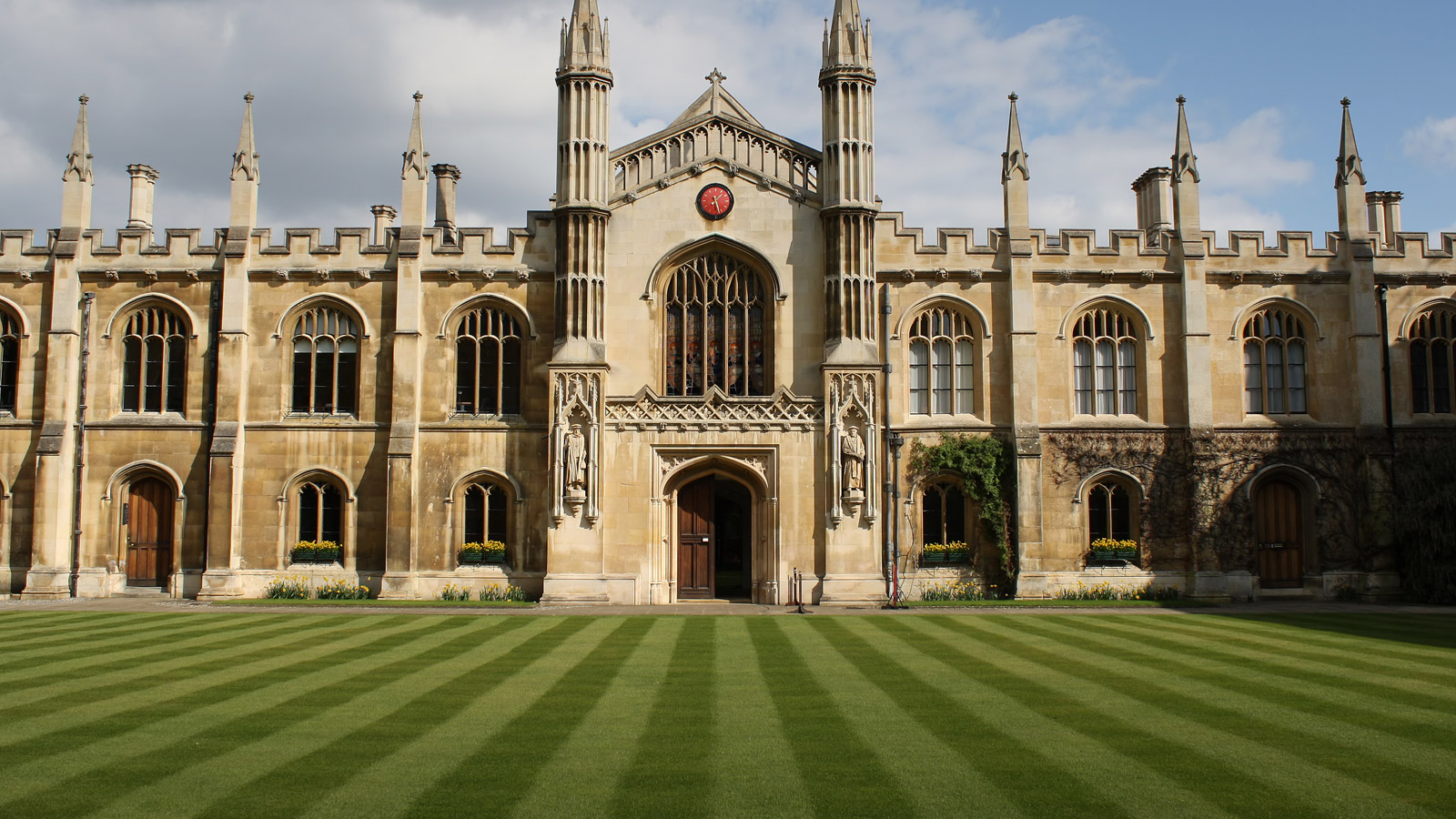Overview
Through an initial £12M capital investment in research facilities, Royce at the University of Cambridge supports research and innovation through an inter-departmental network of 18 open access deposition, fabrication and characterisation facilities. Our focus is on supporting the development of materials for energy efficient devices as part of the Royce Atoms to Devices research theme.
Facilities and expertise across Royce at the University of Cambridge contribute to the Royce Research areas of 2D Materials, Biomedical Materials, Advanced Metals Processing, Imaging and Characteristion and Modelling and Simulation. We also host Royce’s national Technology Platform for Physical Vapour Deposition and Characterisation.
Royce at Cambridge also supports commercialisation activities though sponsorship of the impulse Programme for technology entrepreneurs.

Core Facilities
Based at the Maxwell Centre, Royce at the University of Cambridge is the centrepiece for industrial engagement with scientists and engineers working across the materials sciences on the West Cambridge Science and Technology Campus. Royce facilities include the laboratories listed below.
Physical Vapour Deposition & Characterisation Facility
Royce Dual Beam FIB
Royce Transport Magnetometry Facility
Royce Battery Suite
Technology Platforms
Royce Technology Platforms, which sit within our Research Framework, are groupings of cutting-edge facilities and expertise.




